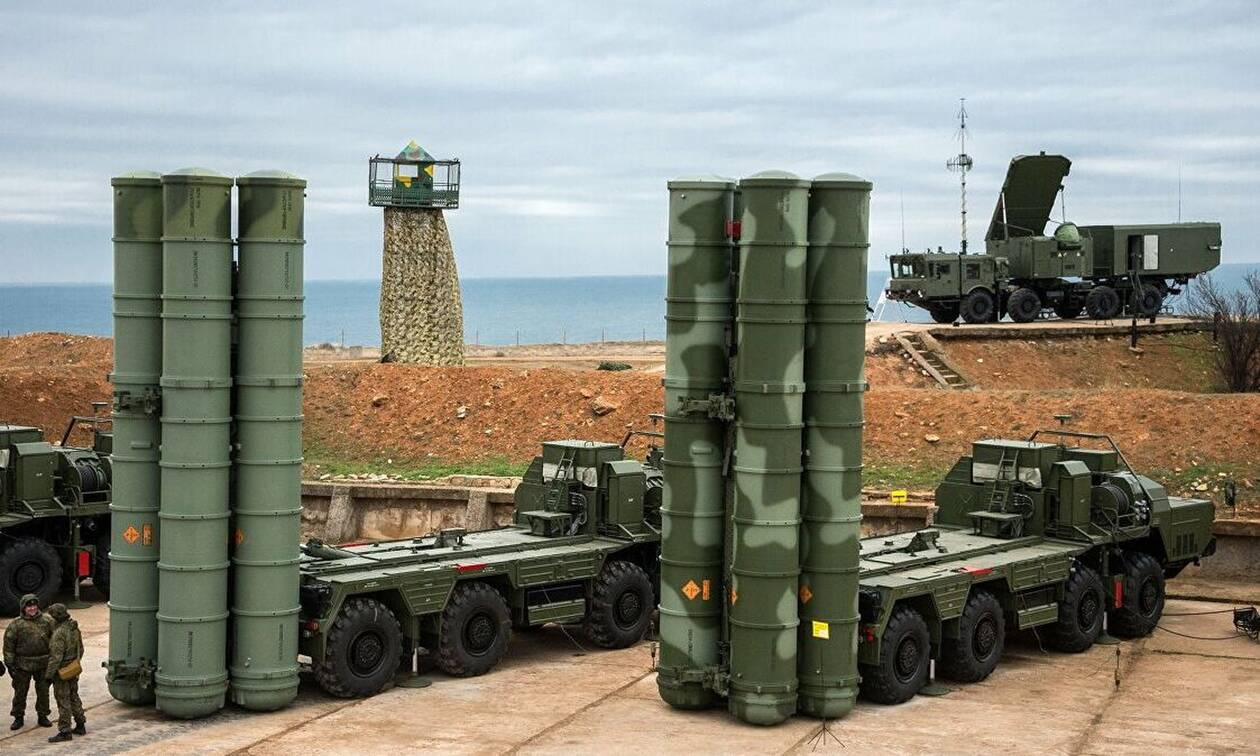Russia continues gradually building up its defense capability with a next-generation version of the mobile S-500 air defense system. According to Russian President Vladimir Putin, the system capable of destroying all existing and promising aerial targets in near space and the atmosphere will be put into service in the nearest future.
In his address to graduates of military institutes in the Kremlin, President Putin announced that hypersonic weapons, such as Avangard hypersonic glide vehicle (HGV) and Kinzhal (Dagger), have already been put on combat alert. At the same time, the other cutting-edge weaponry will be supplied to the Russian armed forces after completing trials, according to the president.
“Other unique systems will soon be put into service, including the Sarmat intercontinental ballistic missile system, the Tsirkon anti-ship hypersonic cruise missile, the S-500 Prometheus anti-aircraft missile systems, and others,” Gazeta.ru quoted President Putin as saying on Monday.
Developed by the state-owned Almaz-Antey Corporation, Russian S-500 anti-aircraft missile systems, dubbed Prometheus, are the most advanced anti-missile system in the Russian arsenal considered the best in the world. Branded as a silver bullet against stealth fighters in general and the F-35 in particular, the S-500 is reportedly capable of destroying low-orbit satellites and fifth-generation aircraft, in addition to its primary targets - cruise and ballistic missiles, which could already be dealt with by existing S-300 and S-400 units.
Created on the basis of the S-400, the range of the new Russian air defense system is expected to surpass its predecessors significantly. The S-500 will likely use a variety of missiles in addition to the 77N6 missile series, currently under development for the S-400, as a hit-to-kill interceptor for ballistic missile targets. With a widely expected maximum operating range of 600 km (373 miles) and a system response time of 3 to 4 seconds, the S-500 reaches a whopping 200 km (124 miles) farther and is around 6 seconds faster to respond than its S-400 predecessor.
In his Monday’s address, President Putin pointed out that Russia is shaping a new state armaments program with a planning horizon until 2034 to encompass the breakthrough innovations by the country’s leading research institutes and design bureaus.
“Its implementation will be focused on further strengthening the country’s defense potential,” he said.
Previously, Russian Deputy Minister of Defense Alexei Krivoruchko stated that the first S-500 set could be transferred to the troops by late 2021. The mass production will be launched in 2025.
Meanwhile, the trials of the homegrown surface-to-air missile system are successfully nearing completion. Last month, President Putin said that the Tsirkon shipborne hypersonic missile system was at the final stage of trials.
Western defense experts have already expressed their concerns over deploying the S-500 system as it is largely seen as a threat to US fifth-generation stealth fighter jets like Lockheed Martin’s F-35 Lightning II, F-22 Raptor, and B-2. According to the National Interest report, S-500 is expected to be networked with the existing systems, including S-400, S-300, S-350, and other weapons, to provide an integrated defense system.
Russia’s military strength was ranked 2 out of 140 countries according to Global Firepower’s 2021 rankings, making it the second strongest military power in the world and the strongest in the Caspian region.







 Armenian sappers commenced on Monday mine-clearance operations in the territories adjacent to the Saint Mary Church in village of Voskepar (Armenia...
Armenian sappers commenced on Monday mine-clearance operations in the territories adjacent to the Saint Mary Church in village of Voskepar (Armenia...
 Iran and Pakistan have signed eight cooperation documents in various fields, and agreed to strengthen ties to fight terrorism in the region.
Iran and Pakistan have signed eight cooperation documents in various fields, and agreed to strengthen ties to fight terrorism in the region.
 President Aliyev emphasized the critical role of the North-South Transport Corridor in fostering transport cooperation between Azerbaijan and Russi...
President Aliyev emphasized the critical role of the North-South Transport Corridor in fostering transport cooperation between Azerbaijan and Russi...



